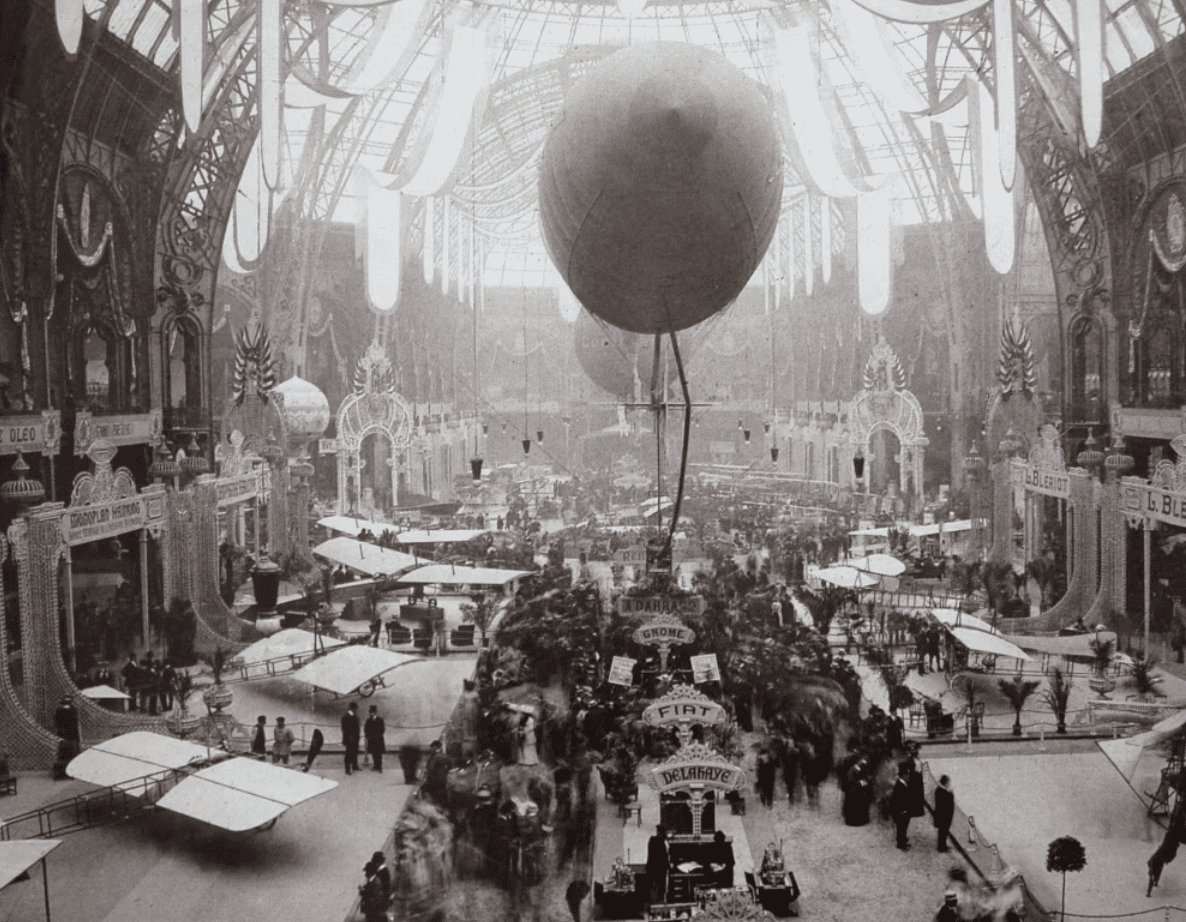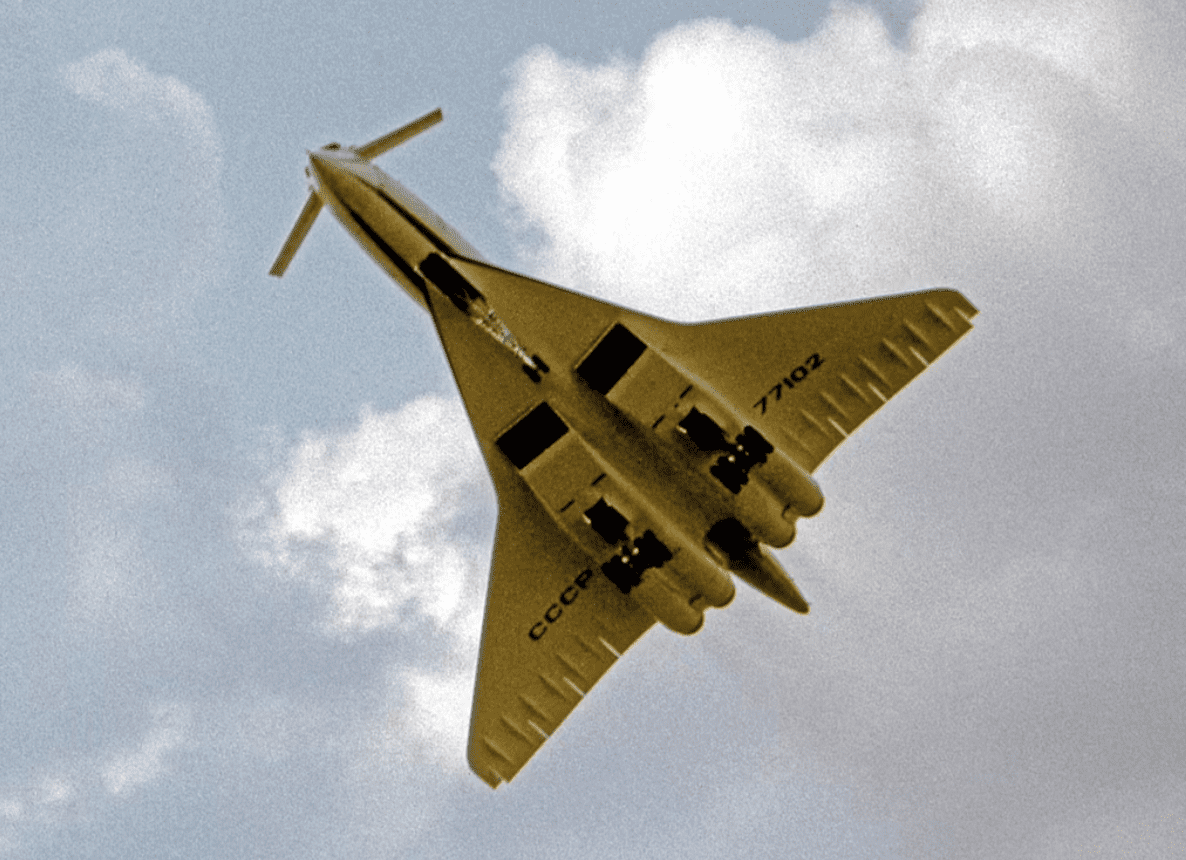From its early beginnings alongside the Paris Motor Show to its move to Le Bourget in 1953, the Paris Air Show has captivated audiences for 125 years.

Since its earliest incarnation 125 years ago, the Paris Air Show has blossomed from a simple exhibition of cutting-edge flying machines to the largest trade show for state-of-the-art aviation technology.
The pioneering years
First launched in 1908 at the Grand Palais in Paris’ 8th Arrondissement, the brief exhibition was tacked onto the end of le Mondial de l’Automobile, Paris’ premier car and motor show. Though not its own separate entity (yet), writing at the time, Flight International noted the growing potential for the Salon de l’Aéronautique,
“It is an event sure to be of historic interest in the future – even in the very near future, if the progress of flight continues as rapidly as it is doing at present – and as such, it must form the basis of comparison for all time.”
And within a year, the Paris Air Show had developed into something new, independent, and exciting. Its first initial outing, running between September 25 and October 17, saw over 100,000 visitors descend upon the Grand Palais to view the earliest monoplanes and lighter-than-air aircraft, including the Wright Flyer, Ader Avion and Blériot XI, which had made its successful cross-channel crossing between Calais and Dover just two months earlier.
The show expanded further over the next four years, featuring exhibitions from Gabriel and Charles Voisin in 1910 and the rapidly developing civil and military monoplanes through 1913.

Photo: Wikimedia Commons
The outbreak of the First World War in 1914 halted the show, though it made a swift comeback in 1919, moving to its current biannual format in 1924. Towards the end of the decade, the growing popularity and demand for civil aviation shifted the focus away from the military towards the earliest generations of commercial air travel. 1930 became the first year for civil aircraft to dominate the Paris Air Show, with on-French manufacturers including Fokker, Junkers, Bristol, and Armstrong-Siddeley becoming more prominent. Writing in 1936, Flight International added,
“Never in the history of flying has the technique of aircraft construction stood so high; the days of stick-and-string contraptions are over, and real engineering has taken their place. The art of designing aero engines has also improved very materially, with the result that power has gone up and weight down. Reliability, once a doubtful quantity, is now taken for granted.”
As war again loomed over Europe, the show saw a brief hiatus between 1938 and 1946, swapping to its odd-year pattern in 1949. 1949 also welcomed a slight shift due to continued popularity, moving flight displays to Paris’ Orly Airport (ORY).

Photo: Airbus SAS 2019 Alexandre Doumenjou – Master Films
Growth and modernity
By 1953, the Paris Air Show began to resemble its current iterations. It moved from the Grand Palais to its existing home at Le Bourget Airport (LBG), accompanied by a new building, providing space for up to 150 exhibitors and its growing audience. Notable moments through the decade saw the display of Boeing’s B-47B Stratojet in 1953, a flypast by a very early Sud Aviation Caravelle in 1955, and Tupolev’s long-range Tu-114 turboprop in 1959.
Over the subsequent decades, the air show continued to grow and attract international attention; in 1967, possibly the most notable year, the Paris Air Show featured a full-scale mock-up of the soon-to-launch Concorde and the Soviet Union’s Vostok rocket, the same type utilized by cosmonaut Yuri Gagarin during his first space flight in 1961.

Photo: RuthAS via Wikimedia Commons
Tragedy struck in 1973 when Concorde’s Soviet sister, the Tu-144, likely stalled and crashed, killing all six crew onboard and eight on the ground, destroying 15 houses, and injuring 60 others. Regulations ramped up to ensure continued safety. Three other crashes have been recorded in the years since; an A-10 Thunderbolt II crash in 1977, which killed its pilot, a Mikoyan MIG-29 in 1989, and a Sukhoi SU-30 in 1999, both with no fatalities.
Other notable events include the 1969 agreement between France and Germany to launch the Airbus A300 program, pioneering the industry’s move towards twin-engine widebodies, a display by Antonov featuring the An-225 Mriya in 1989 and 2001, the B-2 Spirit bomber in 1995, Airbus’ A380 Super Jumbo jet in 2008, and the “next-generation” Airbus A350 XWB in 2013.
After another successful air show in 2019, featuring almost 2,500 exhibitors across Le Bourget’s expansive grounds, the show once again took a short pause due to the COVID-19 pandemic, returning earlier this week as the 54th Paris Air Show to a very excited audience and order-ready airlines.
Source: Simple Flying
